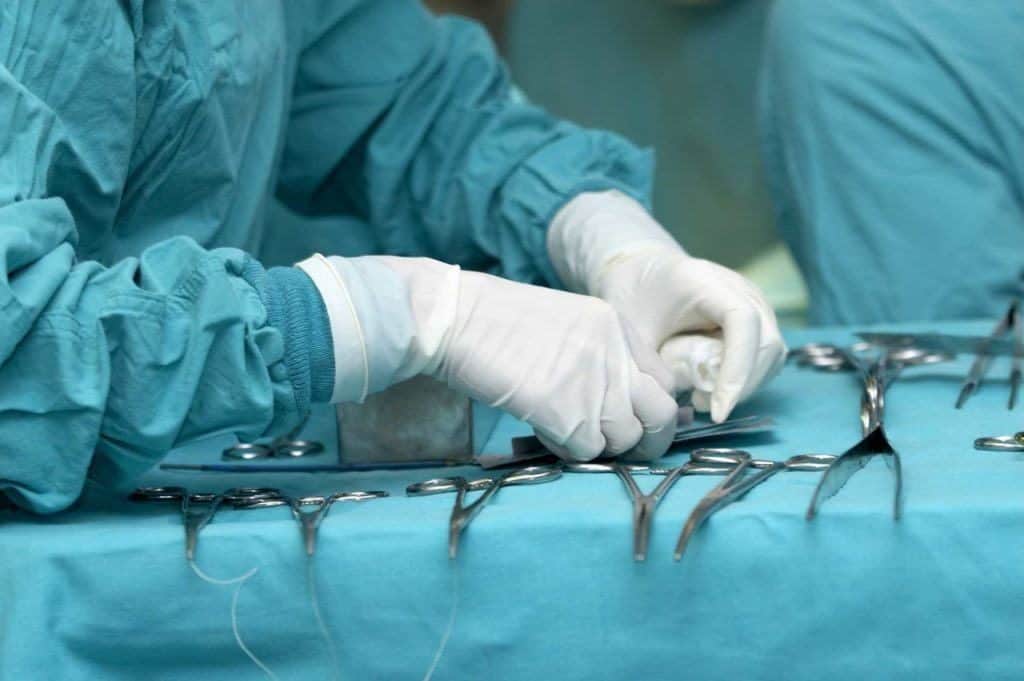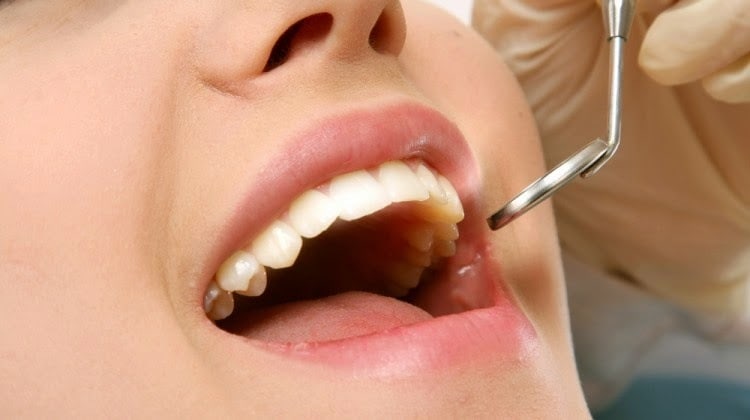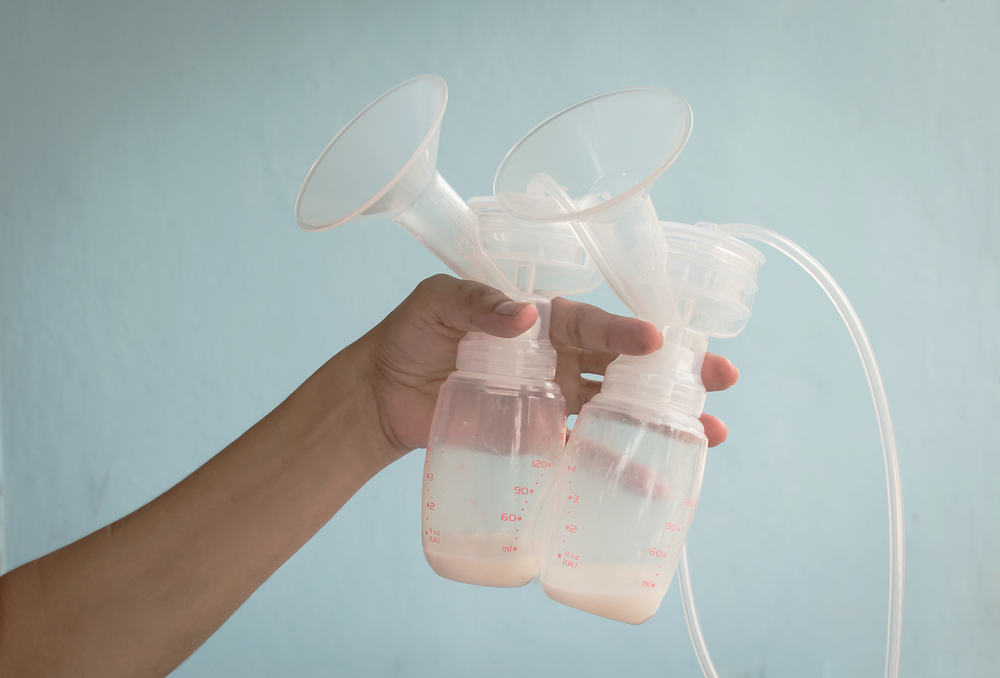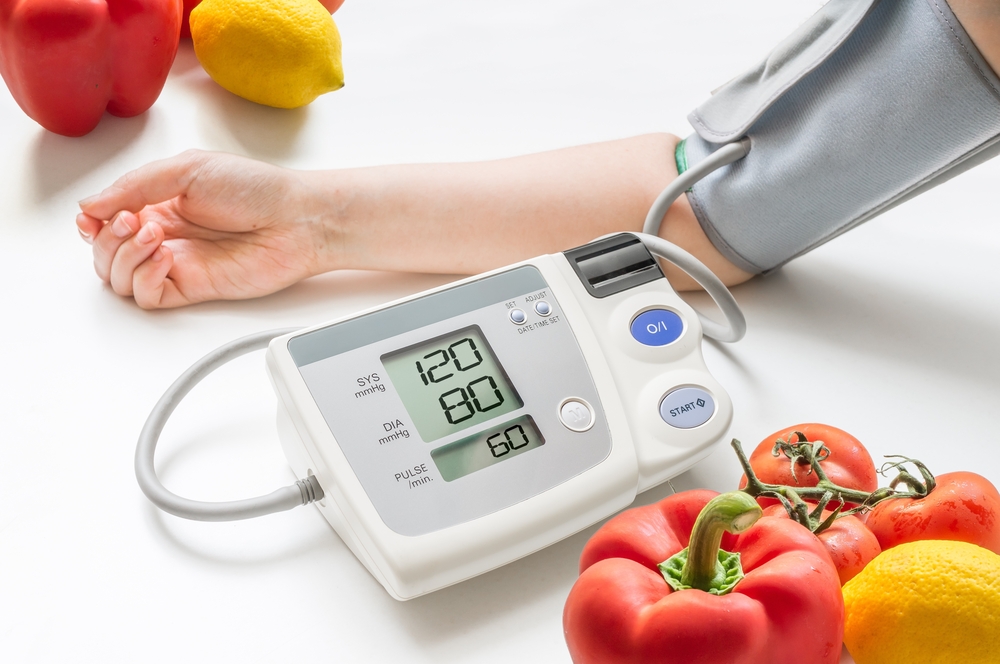Contents:
- Medical Video: Breast Cancer Surgery (2009)
- Mastectomy types
- What will happen after a mastectomy?
- Life after a mastectomy
Medical Video: Breast Cancer Surgery (2009)
An operating procedure is a general medical step to treat breast cancer. One of them is a mastectomy. Mastectomy will remove one, or both, the breast as a whole. Lumpectomy is another alternative. Lumpectomy only removes cancer tumors and a small portion of breast tissue.
Depending on the severity of the cancer, the surgical procedure can be combined with radiation therapy or chemotherapy. Discuss with your doctor whether mastectomy is the right solution for you. It is important to discuss what you expect to happen after the operation. Sometimes, advanced therapy will be more difficult for some women, compared to the surgical procedure itself.
Mastectomy types
Mastectomy is a procedure for removing the breast. There are 5 different categories of mastectomy, namely:
- Traditional
- Radical modification
- Radical
- Partial (partial)
- Subcutaneous
The type of procedure you will run is determined by several factors. Tumor size and the spread of cancer are important determinants. Likewise with your age and health condition. Plus, some patients have strong specific reasons for choosing certain types of procedures. It is important to always discuss your choice with your doctor.
Traditional mastectomy is commonly referred to as total mastectomy. In this procedure, only the breast will be removed. Axillary lymph glands - under the armpit - will still be left. Only clear glands in the breast tissue will be removed. Breast supporting muscles located under the breast will be left.
Radical modification involves removing the breast and axillary lymph nodes. Breast supporting muscles located under the breast will be left.
Radical mastectomy is the most recent alternative. The entire breast will be removed in this procedure. Likewise with lymph nodes and chest wall muscles. This procedure can change the shape of the body and is very rarely used. Radical mastectomy has been replaced with radical modification as an alternative treatment for breast cancer.
A partial mastectomy procedure is similar to lumpectomy. However, this procedure removes more soft tissue. The tumor is removed along with a large number of healthy soft tissues around it.
Subcutaneous mastectomy is also called a "nipple-sparing" mastectomy. This procedure removes the entire breast organ, except the nipple. However, this procedure is rarely used because this type of mastectomy will leave more breast tissue more than other procedures. This will increase the risk of returning cancerous tumors. Very small amounts of cancer may be left in the breast.
Preventive mastectomy, also called prophylactic mastectomy or risk reduction. This operation is performed before a woman is diagnosed with breast cancer. Generally, this procedure is used in women who have a very high risk of breast cancer. Lifting the breast is one way to minimize these risks.
What will happen after a mastectomy?
After the surgery, you will continue hospitalization for several days in the hospital. The day after surgery, you will be taught special light exercise. Exercise will help relieve stiffness in the arm or shoulder on the side of the body that is dimastectomy. Exercising can also improve your body's strength.
You will have a special catheter that will hold blood and fluid from the surgery area. You may be required to change the type and pattern of the sport to accommodate the catheter.
After your lymph nodes are removed, you will be more susceptible to lymphedema. Lymphedema is a clot of fluid in the arm, hand, or chest.
Lymph nodes generally filter lymph fluid through your body into the blood. Without lymph nodes, the fluid can clot in soft tissue. Having mild postoperative exercise will help reduce your risk of having this condition.
Signs of lymphedema include:
- The arm feels heavy or there is swelling
- The skin on the arm feels tight
- Numb the arms or hands
- Flexibility of the hand or arm is reduced
If you experience lymphedema, therapy usually involves massage or the use of special tools that can reduce pressure.
Life after a mastectomy
After a mastectomy, it is very important to protect yourself from infection. Infection can cause lymphedema. The following easy ways to minimize the risk of infection:
- Get an injection on the side of the arm that is not the area of operation
- Use protective gloves when cleaning the house, gardening, and washing dishes
- Use an electric shaver to avoid cuts
- Use sunscreen to avoid burning
- Wear loose clothes and don't wear jewelry
- Avoiding alcohol
- Quit smoking
- Maintain weight
Some women choose breast reconstruction after a mastectomy, while others prefer to use artificial breasts. Some women choose to accept their new appearance as it is.
All of these are personal choices. The choice of each woman is different from each other. Discuss your choices with your doctor. Run everything that makes you feel healthy and happy.












